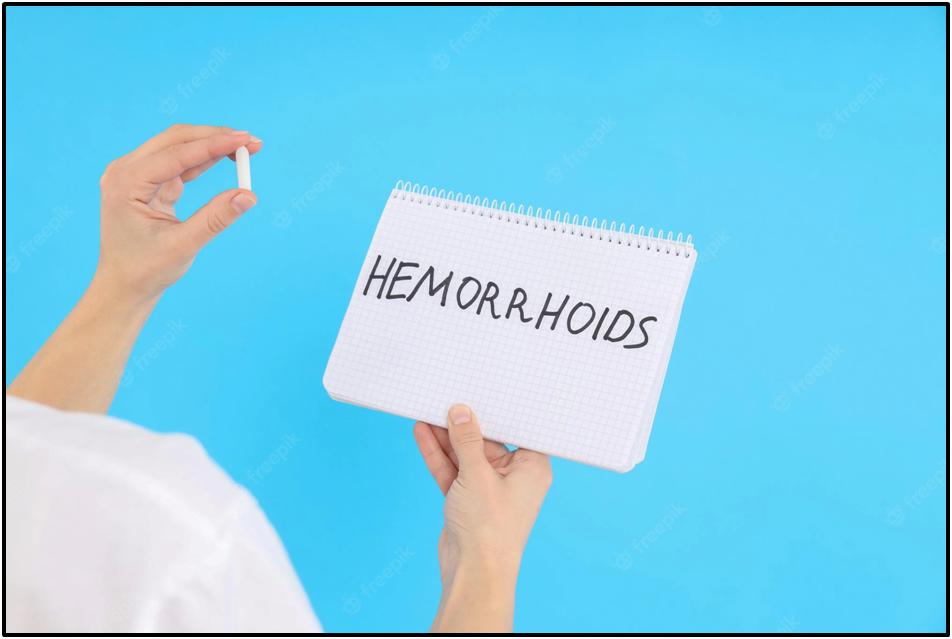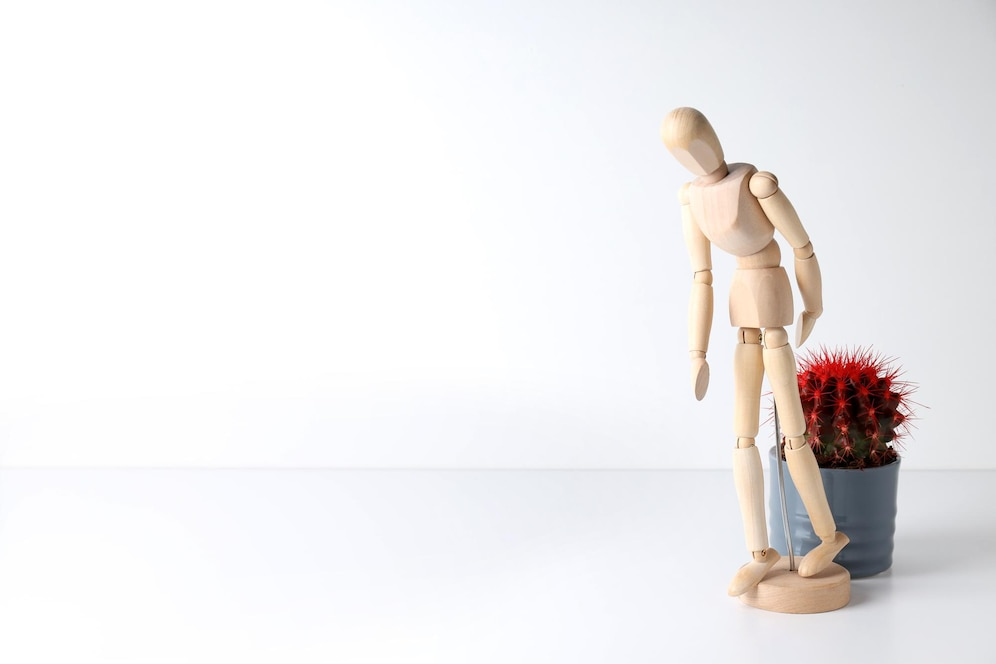
Can Piles Cause toxins in Your Body? – Arogya Dham
July 29, 2022
Best Piles Doctor in Chandigarh | Arogya Dham Hospital – Expert Treatment & Care
September 10, 2022Haemorrhoids are commonly referred to as “piles”.
Every human has haemorrhoids, according to numerous studies, and the size of the piles is what determines the condition’s diagnosis.
It’s common for women over the age of 40 to develop piles, and pregnant women are not immune.
This blog explains what piles are, their causes, how they feel and look, and whether or not haemorrhoids can go away on their own.
What exactly are piles? (Haemorrhoids)
Hemorrhoidal blood vessels, also known as piles, are enlarged and irritable blood vessels that are located in the lower region of the rectum or anal.
Although piles can occasionally cause pain and swelling, for normal anal tissues to experience such pain and swelling, something very serious must have caused the pain and swelling.
What types of haemorrhoids are capable of affecting females?
Haemorrhoids can develop inside or outside the rectum or anal canal, and you should be aware of this.
Where the swelling is located determines the type of haemorrhoids that have developed:
External
These are haemorrhoids that can swell, bleed, crack, and itch veins that are not inside the anus.
Depending on how bad the piles are, they might fill up with blood and clot. Even though they are not harmful, they can cause excruciating pain, discomfort, and swelling.
Internal
Inside the rectum, these haemorrhoids are located. Internal haemorrhoids can be extremely uncomfortable even though they are typically not felt or visible.
Although most of the time they are painless, these haemorrhoids can make it difficult and uncomfortable to pass stool. The patient might see a few drops of blood in the bathroom.
Prolapse
The internal and external haemorrhoids may prolapse, or stretch and enlarge outside the anus or anal canal, in certain circumstances. These haemorrhoids could be painful or bleed.
What signs do haemorrhoids exhibit?
The type and severity of the haemorrhoids will determine the signs and symptoms.
- Bleeding
- Discomfort and pain when using the restroom
- In and around the anal canal, itching or irritation
- A headache near the anus
- Swollen veins that, depending on their severity and location, may or may not be painful
- Blood on the bathroom tissue
- Firm mass surrounding the anus
Although symptoms may be inconvenient or upsetting, they typically disappear within a few days.
What are the reasons and causes of female piles?
There are numerous causes of piles in women. Here are a few typical reasons why your risk of developing piles may rise.
Women in pregnancy
When a woman is 36 weeks pregnant, the baby enters the pelvic cavity, placing pressure on the pelvic area.
This causes the anal and rectal blood vessels to enlarge and form piles. These heaps typically disappear after the birth of a child.
Constipation
Even though anyone can experience this, pregnant women frequently do.
Women who are expecting often experience constipation, which can occasionally last for a long time.
Lack of fibre in the diet causes constipation, which puts strain on the urethra and can result in piles or haemorrhoids.
Diarrhoea
People who frequently experience diarrhoea or who have dealt with it for a long time may also experience piles.
Diarrhoea can aggravate and swell haemorrhoids, which can cause inflammation and uncomfortable feelings.
Extended sitting
Both men and women who work jobs that require prolonged sitting may experience hip pressure, which causes the gluteal muscles to spread out.
Small veins near the anus and rectum are strained, resulting in pain and vein swelling.
Ageing
The majority of haemorrhoids occur in people over the age of 50.
Haemorrhoids, on the other hand, can also affect young people and children.
Large lifting
Haemorrhoids are more likely to occur in people who are overly addicted to exercise and heavy lifting.
Conclusion
40 to 50% of the population suffers from haemorrhoids, which are very common.
Both men and women may experience severe piles symptoms, even after attempting home remedies and modifying their lifestyles.
If a patient’s haemorrhoids continue for longer than a week, immediate medical attention might be needed.
Make a consultation appointment with our top-rated Piles treatment in Chandigarh for more details or customised guidance.




